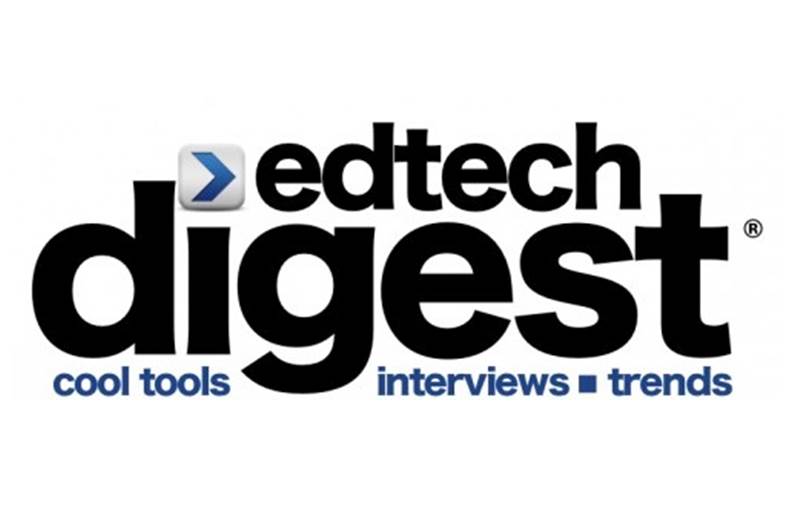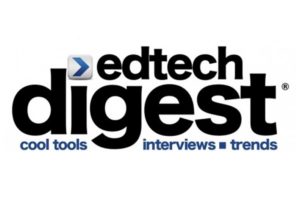

But for schools nationwide, this isn’t just difficult; it’s impossible, due to an insidious combination of shortcomings:
1. Students don’t readily have access to the books that will engage them and make reading exciting. Between resource shortages, storage problems, and sheer material fragility, there is a dearth of great books available for many classrooms.
2. Even in classrooms with a decent collection of titles, many teachers cannot keep abreast of their students’ level of reading comprehension, so they are unable to monitor whether kids are reading the level of material that will stimulate the most growth.
You may be wondering how the one third of 4th graders – and one fifth of impoverished 4th graders – who are actually proficient readers managed to reach this goal, given the circumstances. It can be said that most of those students have been lucky enough – through home life or excellent educational institutions or both – to have done the volume of challenging reading needed to build their comprehension skills.
To provide every student a fair chance at a productive life, schools must become far more effective at providing students with the books they need when they need them, and monitoring their growing comprehension skills. That’s where digital technology can help.
Earlier this month, EdNET reported that nearly 75 percent of curriculum directors said it was important that materials were available in digital format. Anyone who has ever dealt with educational purchasing and storage immediately understands the appeal. Digital materials can circulate throughout a school instantaneously and they don’t need to be requested and retrieved from storage. Digital materials cannot be defaced, lost, or forgotten at home. They save serious time and money, both of which are a premium in K-12.
The advantages don’t stop there. Digital materials can easily incorporate tools that assess students’ level of comprehension. That information can drive the delivery of personalized content targeted to students’ changing needs.
Adaptive technology is a fairly well-known strategy in the world of math instruction at this point – math lends itself to a clearly defined progression of skills. Products such as DreamBox Learning Math, ST Math and holistic instructional programs such as New Classrooms can serve up lessons based on what simple diagnostics determine are a student’s deficits.
A comparable strategy is also available in the literacy world. Thanks to computational linguistics and the work of psychometricians, we are now able to measure a text’s complexity as well as monitor a student’s level of comprehension of that text. As students move toward perfect comprehension of one text, they are immediately provided with more complex texts. This seemingly simple act of moving students up a staircase of text complexity is one of the key drivers to advancing literacy rates among students.
It may sound simple, but for most classrooms, it’s revolutionary. Today, the only way a teacher is able to come up with a reliable measure of a student’s reading level is through an individual assessment – a process that can take 20 to 30 minutes per child. Since their assessments cut into teachers’ instructional time, they are done infrequently and in many cases schools don’t do them at all. As a result, many students are not being properly challenged – a conclusion sadly supported by the nation’s sagging literacy scores.
Moreover, digital materials can generate data that allow for transparency around both students’ progress toward grade level as well as Common Core standards and teacher practice. How long are students reading each day? How many notes do they take? How often do teachers respond to those notes?
Curriculum directors and technology managers understand this, according to the above noted EdNET report where more than half of all surveyed predicted that digital will replace print within three years.
As schools struggle to optimize learning for their students, rise to the Common Core, and live within budget, digital literacy materials are not just a breakthrough. They are one of the silver bullets.
To read the original story on EdTech Digest, click here.
Posted on 2.Feb.14 in News




